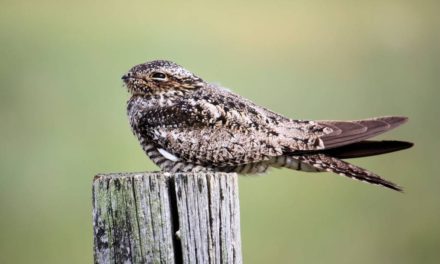By Jim Moore, Entomologist

A few years back, while spending a spring weekend at a nice Sierra foothill vacation rental home, I had gone out onto the back deck to gaze down into the wooded hillside as the light of the evening gave way to the darkness of night. While pondering the moonless transition before me, I noticed a small bright green light appear on the deck rail off to my right a bit. I moved over to see the source of this light, and was surprised to see my first California bioluminescent bug!
I had seen fireflies back east before, and bioluminescence in California’s costal waters, but this was a ‘delightful’ discovery. I took the strange looking creature indoors to snap a few photos on a white background, and then returned it to the darkness of the night. Upon my return home, I went online to determine what species it was. I found out that it was an insect known as the Pink Glowworm, species Microphotus angustus, a genuine firefly beetle.
Females of this species never morph into winged firefly beetles, but morph instead into ‘larviform’ reproductive adults; not really worms at all. However, the males of this species do morph into non-glowing winged fireflies ready to embark on the hunt of their night-lives: the bright glows of their instinct’s desire.
The female Pink Glowworm is not a blinking firefly like those back east; but rather shines forth with a bright steady neon-green glow waiting for her suitor to see her glow and come down for a visit. The adult female has only about ten days before her light producing abilities cease. If a male does not find her by then her lineage comes to an end.
But happily, most Pink Glowworms do meet up; the eggs are laid in the soil under moist leaf litter, and the larvae hatch and begin their secretive lives by munching on small soft bodied invertebrates such as earthworms, snails, and other insect larva.
Look for the light of Pink Glowworms within our foothills during spring and early summer nights, typically within oak woodlands.












